Li-Fi: The Future Of Wireless Communication
May 12, 2019 • 58 views
When we hear about wireless connection or communication, we instantly come up with the examples of Wi-Fi, Bluetooth, NFC or even Infrared communication, but there are many other such examples that we might not be aware of. Li-Fi is one such term that none of us might have heard before but is in use since 2011 and the term was first coined by Harald Haas during a TEDGlobal talk in Edinburgh.
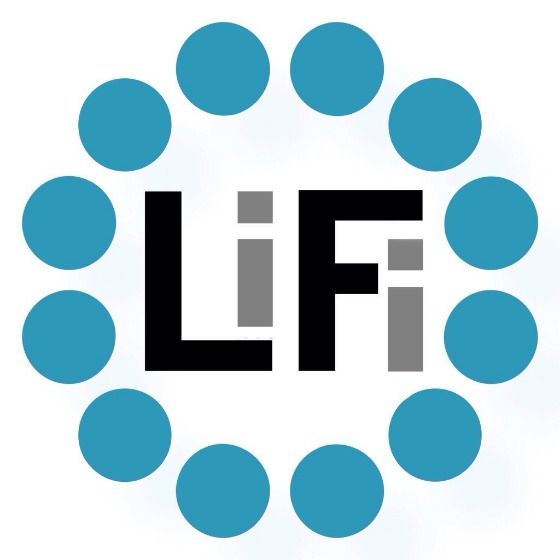
To start off, Li-Fi or Light Fidelity is a wireless communication technology that uses light to transmit position and data between devices, where LED lamps can be, presently, used for visible light transmission.
What is Li-Fi?
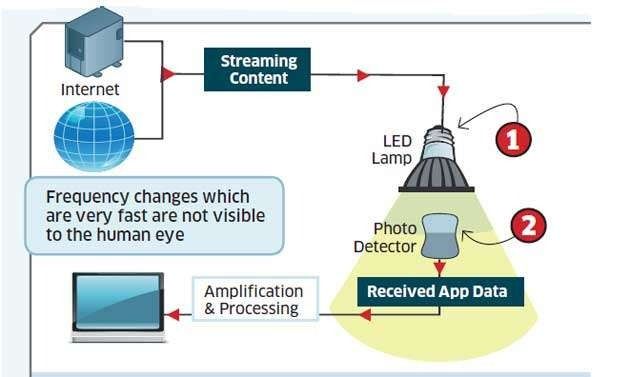
Technically, Li-Fi is a communications system that uses visible light, hence, capable of high-speed data transmission over the visible light spectrum, infrared and ultraviolet radiation. The technology is somewhat similar to Wi-Fi, only the difference is the latter uses radio frequency for data transmission. Li-Fi enjoys several advantages due to the visible light communication, like transmission across higher bandwidth or frequency, in areas capable of being influenced by electromagnetic interference (aircraft, hospitals etc.) and offering transmissions at much higher speeds.
Details surrounding the technology
Light-emitting diodes or LEDs act as a medium for this optical wireless communications (OWC) technology, in order to deliver mobile, organised, networked, and high-speed communication in a way that is similar to Wi-Fi. Visible Light Communication or VLC operates by alternating current to off and on to the LEDs at a very high rate, so quick that it cannot be noticed by the human eye. Li-Fi LEDs should always be kept on so that they can transmit data but they could be dimmed to low so that human visibility doesn’t notice it. As the light waves cannot pass through walls, it tens to build a shorter range for the communication, but still makes it much more secure against hacking as compared to a Wi-Fi network. It is not necessary for Li-Fi to travel in a direct line of sight to transmit a signal, even the light rays reflected off the walls can boost up the connection speed to 70 Mbps.
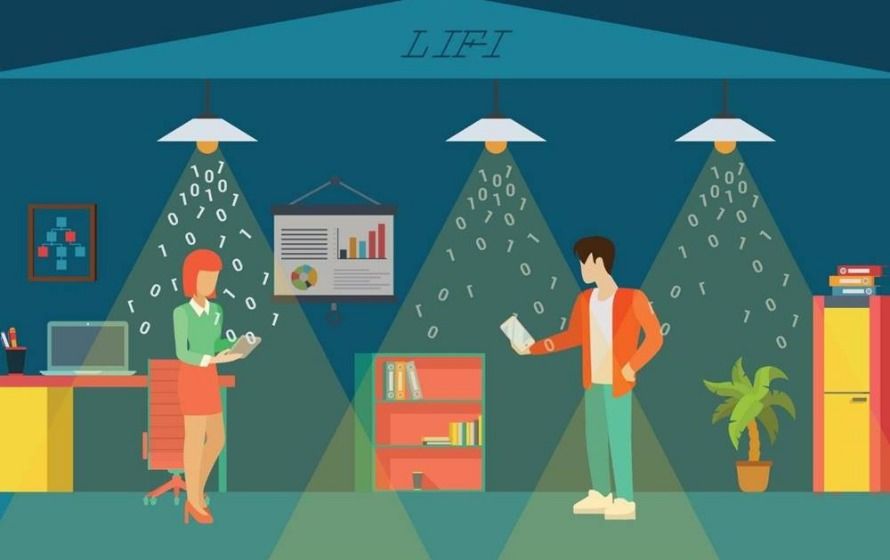
Electromagnetic sensitive areas such as aircraft cabins, hospitals and nuclear power plants can encourage the use of Li-Fi as an advantage as they do not cause any electromagnetic interference. Electromagnetic spectrum is the medium that both Wi-Fi and Li-Fi use to transmit data, where Wi-Fi is dependent on radio waves and Li-Fi takes visible light, Ultraviolet and Infrared to transmit signals. As Wi-Fi is almost close to full capacity, the US Federal Communications Commission has already warned of a potentially high spectrum crisis but still Li-Fi stands a chance to be used as it has no limitations on capacity.
To bring to notice, the entire radio frequency spectrum falls 10,000 times shorter than the visible light spectrum. As compared to the typically fast broadband speed in 2013, researchers have already tipped to much faster data rates of over 224 Gbps. To add on, Wi-Fi is as much as ten times expensive than Li-Fi, and the only potential downsides are short range, low reliability and high installation costs.
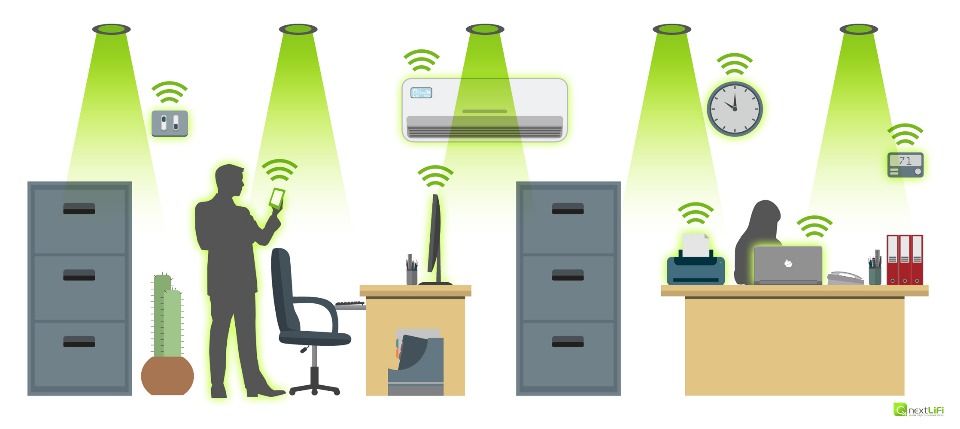
Bg-Fi is another branch of Li-Fi system that consists of a mobile device application and a simple consumer product likeInternet of Things (IOT)device, accompanied with a color sensor, a microcontroller, and an embedded software. The light emitted from the mobile device display communicates with the color sensor on the consumer product that, in turn, converts the light into digital data. LEDs enable the product synchronously communicate with the mobile device.
History of Li-Fi
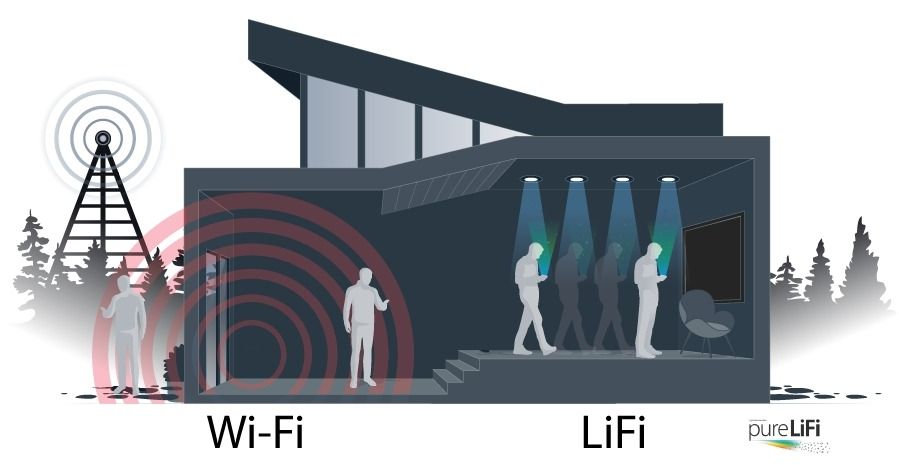
Following the theories and concepts by Prof. Harald Haas,PureLiFibecame the first company to commercially demonstrate the first ever Li-Fi system, the Li-1st, at theMobile World Congressin Barcelona in 2014. Another Russian companyStins Comanannounced the development ofBeamCaster, a Li-Fi wireless local network, that currently transfers data at a speed of 1.25 GB/s which they foresee to boost up to 5 GB/s in the near future. In 2014 itself, a Mexican company, namedSisoft, went on to set a new record as it was able to transfer data at a higher speed of up to 10 GB/s using the light spectrums emitted through LED lamps.
Applications of Li-Fi
Security:As lights cannot pass through walls and doors, a Li-Fi network can be easily controlled and will be more secure. Access to a Li-Fi network will be limited to devices present inside the room till glass windows are covered, too.
Vehicles:Street lights and traffic signals could act to provide data or info about current road situations. Additionally, vehicles too, could communicate about road safety with one another using the front and back lights.

Hospitals:Li-Fi systems could be of better use to communicate and transmit information about patients. In addition to providing higher speeds, light waves have no or little effect on medical equipments and human bodies.
